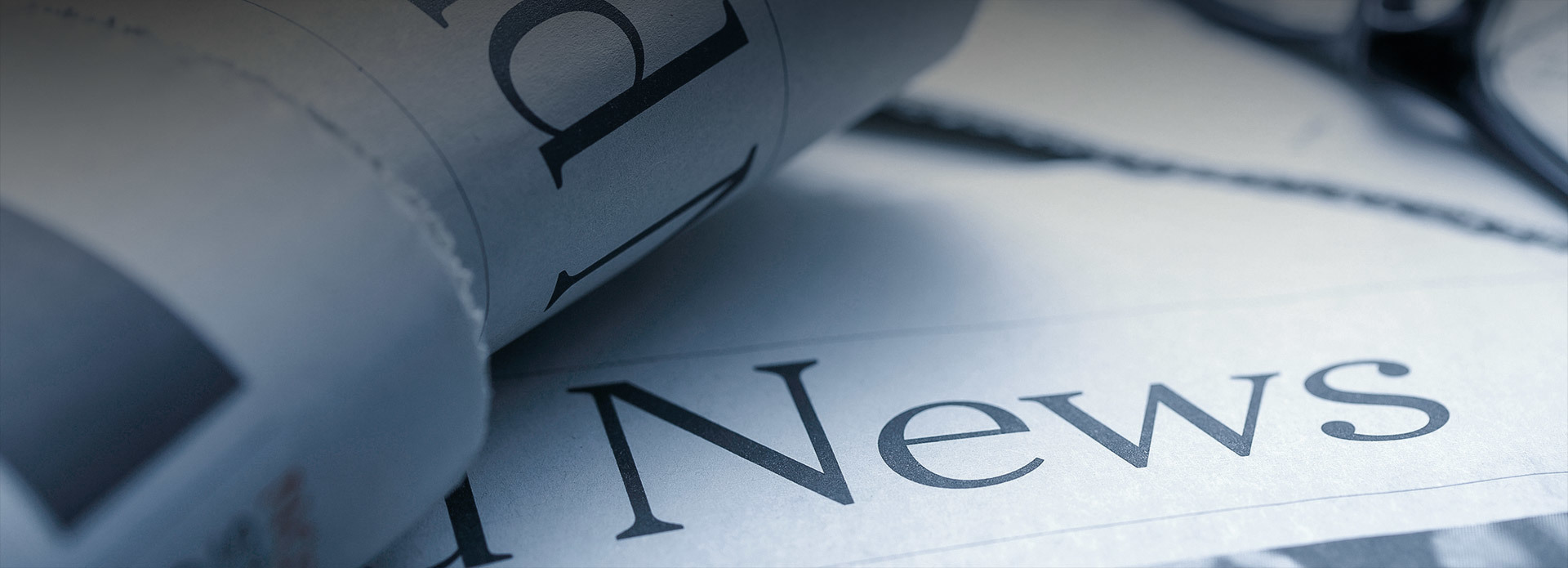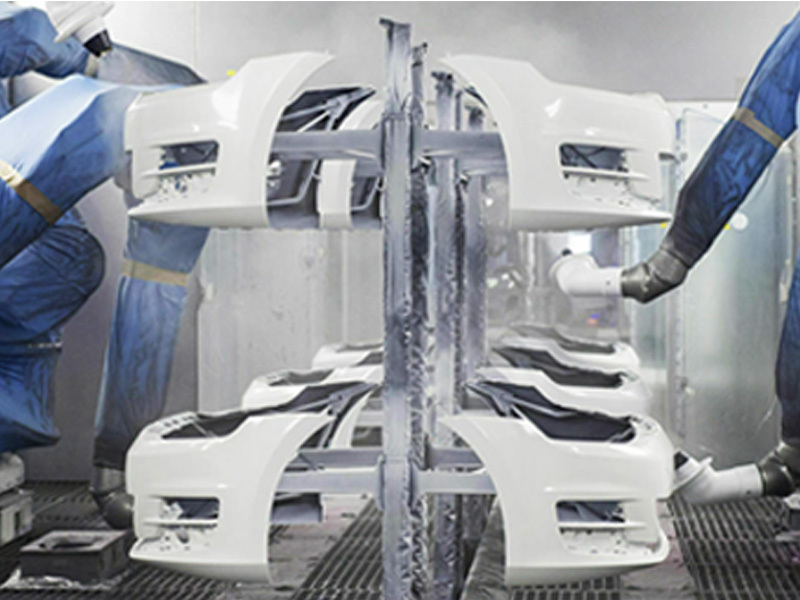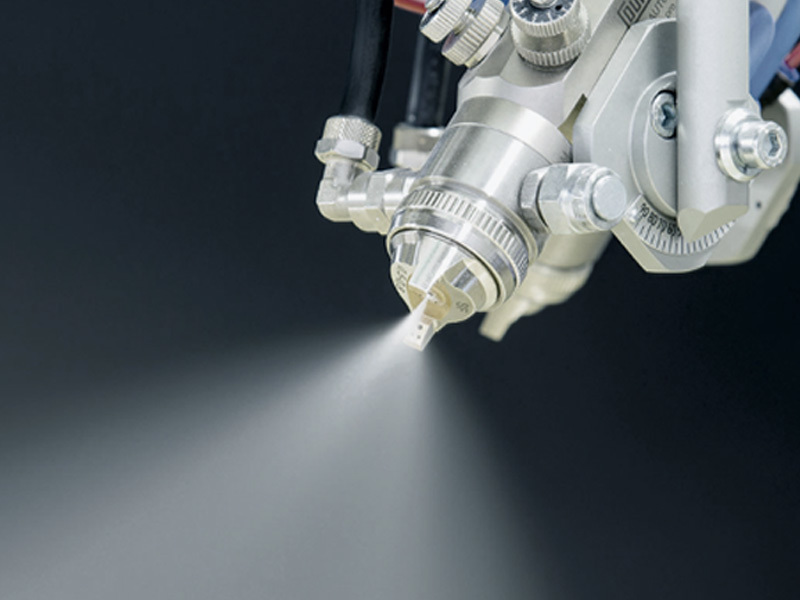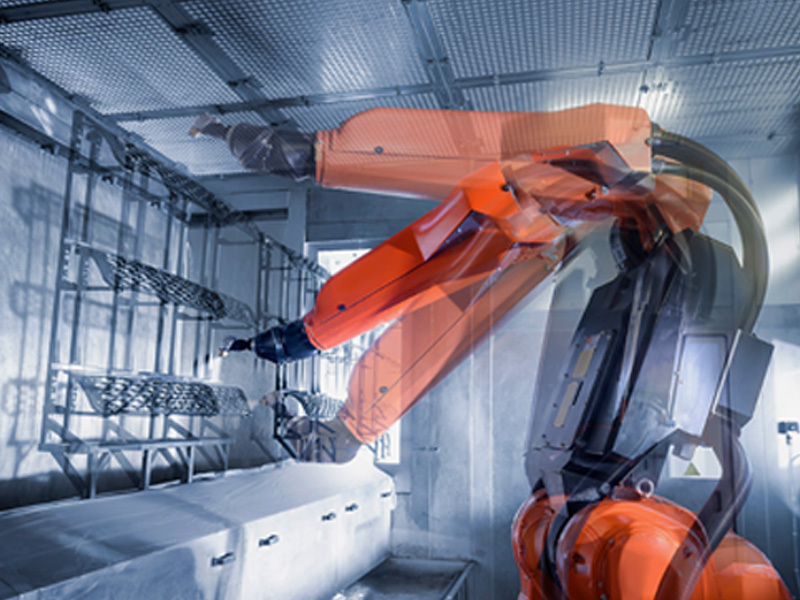Revolutionizing Production: The Benefits of Automated PCB Automatic Spraying Production Lines
Release time:
2025-04-24
In the rapidly advancing landscape of industrial equipment, the implementation of Automated PCB Automatic Spraying Production Lines stands out as a significant innovation. These systems are designed to automate the spraying process for printed circuit boards (PCBs), offering numerous advantages that can transform manufacturing operations. One of the primary benefits of an automated PCB spraying pr

In the rapidly advancing landscape of industrial equipment, the implementation of Automated PCB Automatic Spraying Production Lines stands out as a significant innovation. These systems are designed to automate the spraying process for printed circuit boards (PCBs), offering numerous advantages that can transform manufacturing operations.
One of the primary benefits of an automated PCB spraying production line is its ability to enhance efficiency. Traditional spraying methods often require manual labor, which can be time-consuming and prone to human error. In contrast, automation streamlines the spraying process, allowing for faster production cycles. This increased speed not only reduces the overall time taken for manufacturing but also enables manufacturers to scale up their production to meet growing demands without compromising quality.
Precision is another critical factor that automated PCB spraying production lines excel in. The automation technology ensures that the spraying process is consistent and uniform across all PCBs, reducing variations that may arise from manual spraying techniques. This level of precision is crucial for maintaining high-quality standards in electronic components, where even the slightest discrepancy can lead to performance issues or failures in the final product.
Furthermore, the use of automated systems minimizes waste. Automated spraying lines are equipped with advanced control mechanisms that optimize the amount of spray used, ensuring that resources are utilized efficiently. This not only reduces material costs but also aligns with sustainability goals by decreasing the environmental impact associated with excess waste.
The integration of automated PCB spraying production lines also opens up new avenues for innovation in product design. With the ability to quickly adapt to different specifications, manufacturers can experiment with new formulations and coatings that were previously difficult to implement with manual processes. This increased flexibility can lead to the development of advanced products that meet specific market needs and consumer preferences.
Moreover, these automated systems often come with sophisticated monitoring and reporting features. Manufacturers can track the production process in real-time, allowing for immediate identification of any issues that may arise. This proactive approach to quality control enhances operational reliability and helps maintain a smooth production flow.
In conclusion, the adoption of automated PCB automatic spraying production lines represents a significant leap forward in manufacturing technology. By improving efficiency, precision, and sustainability, these systems not only enhance production capabilities but also drive innovation in the electronics industry. As businesses continue to seek competitive advantages, the integration of such advanced technologies will be crucial in shaping the future of PCB manufacturing.











